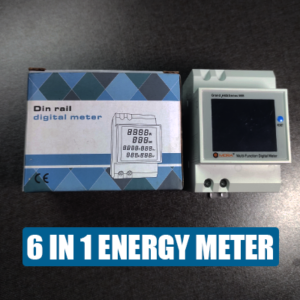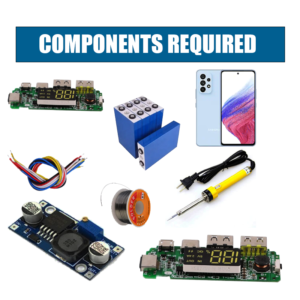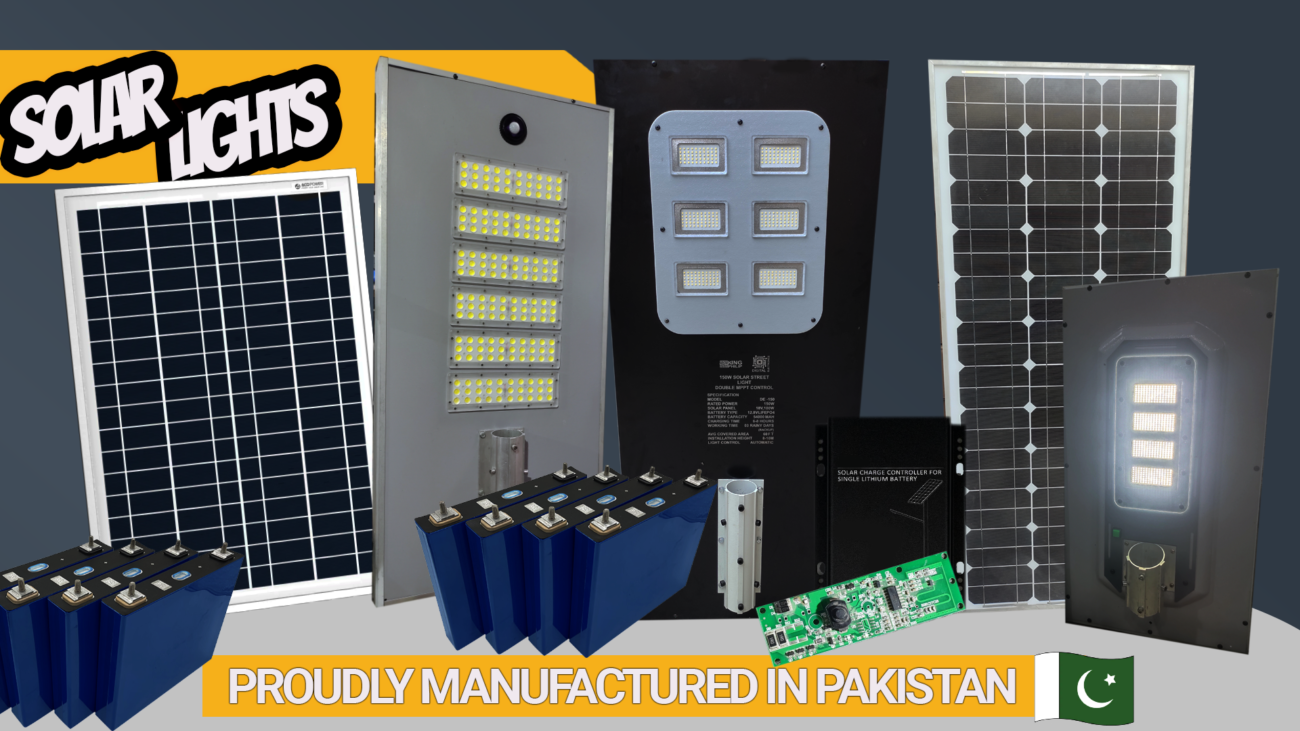The 6-in-1 Smart Energy Analyzer: Unveiling the Power of Advanced Energy Monitoring
Understanding and optimizing energy consumption is crucial for individuals and businesses in today’s energy-conscious world. The rise of sustainable practices and the pursuit of energy efficiency have led to the development of sophisticated tools to monitor and analyze energy usage accurately. One remarkable device is the 6-in-1 energy analyzer, a multifunctional tool that provides valuable insights into power, current, ampere, frequency, power factor, and kWh readings. This article will delve into the significance and applications of this revolutionary energy monitoring instrument.
The Evolution of Energy Analyzers
Before the advent of advanced energy analyzers, individuals and organizations had limited tools to assess their energy consumption accurately. Basic watt-hour meters or current clamp meters offered a rudimentary understanding of power usage, but they lacked the comprehensive data needed for comprehensive energy analysis. As the need for more precise measurements grew, engineers and scientists began developing multi-parameter energy analyzers to cater to the diverse requirements of users.
The Anatomy of a 6-in-1 Energy Analyzer
A 6-in-1 energy analyzer is a feature-rich device designed to measure six essential parameters of electricity consumption. It comprises a combination of sensors, processing units, and user interfaces to deliver accurate and real-time readings. Let’s explore each component in detail:
Power Sensor: The power sensor measures the active power, expressed in watts (W), consumed by an electrical device or a system at a specific moment. This value is vital for understanding the actual energy usage of appliances and equipment.
Current Clamp: The current clamp, also known as a current sensor, accurately gauges the electrical current (in amperes) flowing through a conductor. It helps in identifying power-hungry devices and potential overloads in a circuit.
Ampere Meter: The ampere meter displays the current flowing through the system, indicating the rate at which electricity is being consumed.
Frequency Analyzer: The frequency analyzer detects the frequency of the alternating current (AC) power supply, typically 50 Hz or 60 Hz, depending on the region. Monitoring the frequency is crucial for maintaining the stability of electrical equipment.
Power Factor Measurement: The power factor is the ratio of real power (watts) to apparent power (volt-amperes) in an electrical system. Electricity bill is directly dependent on power factor, a lower power factor can lead to higher electric bills.
kWh (Kilowatt-Hour) Reading: The kWh reading represents the cumulative energy consumption over time. It is a crucial metric for billing and understanding long-term energy usage trends.
Applications of a 6-in-1 Energy Analyzer
The versatility of the 6-in-1 energy analyzer makes it an indispensable tool across various domains. Here are some of its notable applications:
- Industrial Sector: In manufacturing units and industrial facilities, energy analyzers help optimize processes, identify energy-intensive machinery, and monitor power quality to ensure efficient and cost-effective operations.
- Commercial Buildings: Office complexes, shopping malls, and other commercial spaces can benefit from energy analyzers to assess energy usage patterns, implement energy-saving measures, and reduce operating expenses.
- Residential Homes: Homeowners can use energy analyzers to identify energy-consuming appliances and make informed decisions about energy-efficient upgrades, leading to reduced electricity bills and a smaller carbon footprint.
- Renewable Energy Installations: Energy analyzers play a crucial role in renewable energy systems by monitoring the output of solar panels, wind turbines, and other renewable sources, ensuring optimal performance and integration with the grid.
- Energy Auditing: Energy auditors rely on energy analyzers to conduct comprehensive energy audits for businesses and households, providing detailed reports on energy consumption patterns and recommending energy-saving strategies.
- Educational Purposes: Educational institutions use energy analyzers in engineering and electrical courses to teach students about power measurements, energy efficiency, and the importance of monitoring energy consumption.
Benefits of Using a 6-in-1 Energy Analyzer
The integration of multiple energy parameters into a single device offers several advantages to users:
- Comprehensive Analysis: Users can gain a holistic understanding of their energy usage by examining various parameters simultaneously.
- Cost Savings: By identifying energy inefficiencies and high-consumption devices, users can implement energy-saving measures and reduce electricity bills.
- Environmental Impact: Energy analyzers promote eco-friendly practices by encouraging energy conservation and reducing carbon emissions.
- Data-Driven Decisions: The availability of real-time data empowers users to make informed decisions for optimizing energy usage.
- Maintenance and Troubleshooting: Energy analyzers aid in identifying faulty equipment, power fluctuations, and potential issues within the electrical system.
- Improved Electrical Power Quality: Monitoring power factor and frequency helps maintain a stable and reliable electrical supply.
The 6-in-1 energy analyzer is a revolutionary instrument that empowers individuals and businesses to take control of their energy consumption. This multifunctional device enables better decision-making, cost savings, and eco-friendly practices by providing real-time data on power, current, ampere, frequency, power factor, and kWh readings. As technology continues to evolve, the energy analyzer is poised to become an indispensable tool for sustainable energy management.
 Cart is empty
Cart is empty 










































 Canadian Solar is a globally recognized brand that produces high-quality solar panels. They provide a wide range of solar modules with excellent performance and durability, suitable for various solar energy projects.
Canadian Solar is a globally recognized brand that produces high-quality solar panels. They provide a wide range of solar modules with excellent performance and durability, suitable for various solar energy projects.
 Trina Solar is a prominent brand that produces high-quality solar panels. They offer a diverse portfolio of solar panels, including both monocrystalline and polycrystalline modules, which are suitable for residential and commercial installations.
Trina Solar is a prominent brand that produces high-quality solar panels. They offer a diverse portfolio of solar panels, including both monocrystalline and polycrystalline modules, which are suitable for residential and commercial installations.
 They produce both monocrystalline and polycrystalline modules that are known for their efficiency, reliability, and cost-effectiveness.
They produce both monocrystalline and polycrystalline modules that are known for their efficiency, reliability, and cost-effectiveness.
 Risen Energy is a
Risen Energy is a 

